In the cosmetics industry, plastic packaging plays an important role due to its advantages of being lightweight, aesthetic, easy to process, and cost-effective. However, with the plethora of cosmetic plastic packaging available in the market, consumers and buyers may not be fully aware of the material choices behind them. This article will provide a detailed introduction to the common materials used in cosmetic plastic packaging.
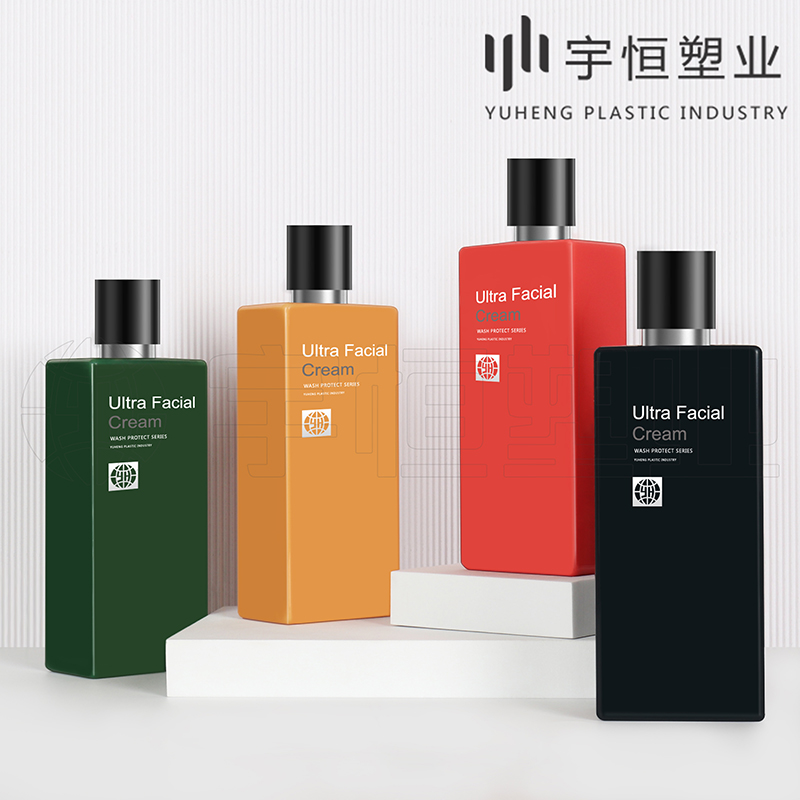
1. Polypropylene (PP)
Polypropylene (PP) is one of the most commonly used materials in cosmetic plastic packaging. It is a high-polymer polypropylene with non-toxic, harmless, and odor-free properties. PP material has good heat and cold resistance, as well as high chemical stability, meaning its chemical properties remain unchanged even in strong acid and alkali environments. Therefore, PP material is widely used in the packaging of cosmetics, such as lotion bottles, bottle caps, plastic pumps, and more. Due to its good environmental performance, PP is often chosen as the primary packaging material for daily chemical products.
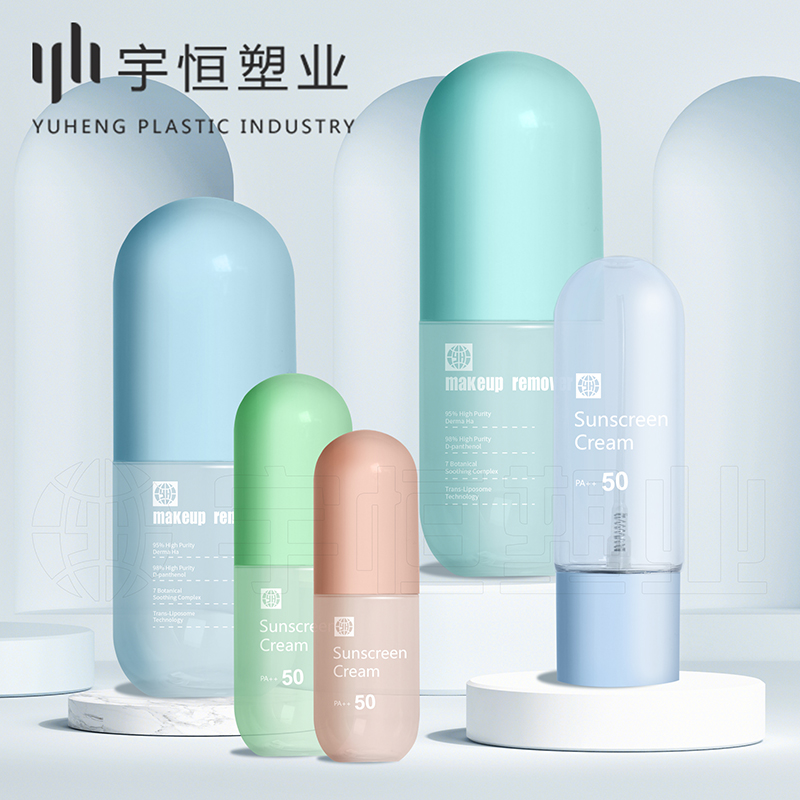
2. Polyethylene (PE)
Polyethylene (PE) is another common material for cosmetic plastic packaging. It has a softer texture and less smoothness compared to PET, but possesses a certain level of transparency. PE material is often used in the packaging of soft tubes for cosmetics, such as facial cleansers and shampoos. Additionally, PE material is also commonly used for components like bottle caps and liners in cosmetic packaging.
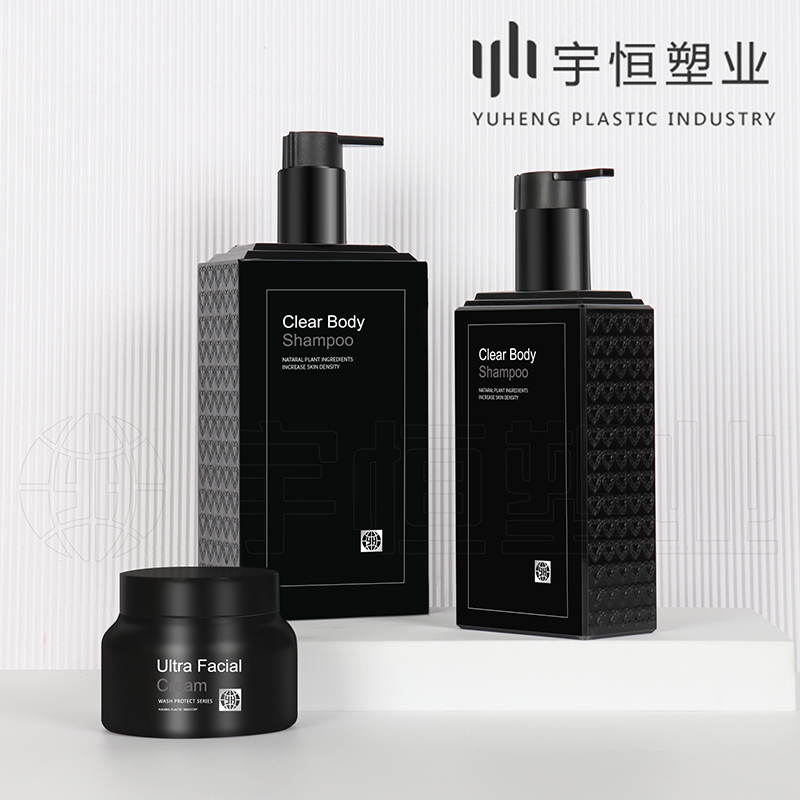
3. Polyethylene Terephthalate (PET)
PET, short for Polyethylene Terephthalate, belongs to the thermoplastic polyester category. PET material has a smooth and glossy surface, excellent abrasion resistance, and good dimensional stability. It has a relatively high hardness, but it should be noted that PET is not resistant to hot water immersion and alkaline environments. Therefore, in cosmetic packaging, PET is often used to make transparent or translucent bottles, such as perfume bottles and essence bottles.
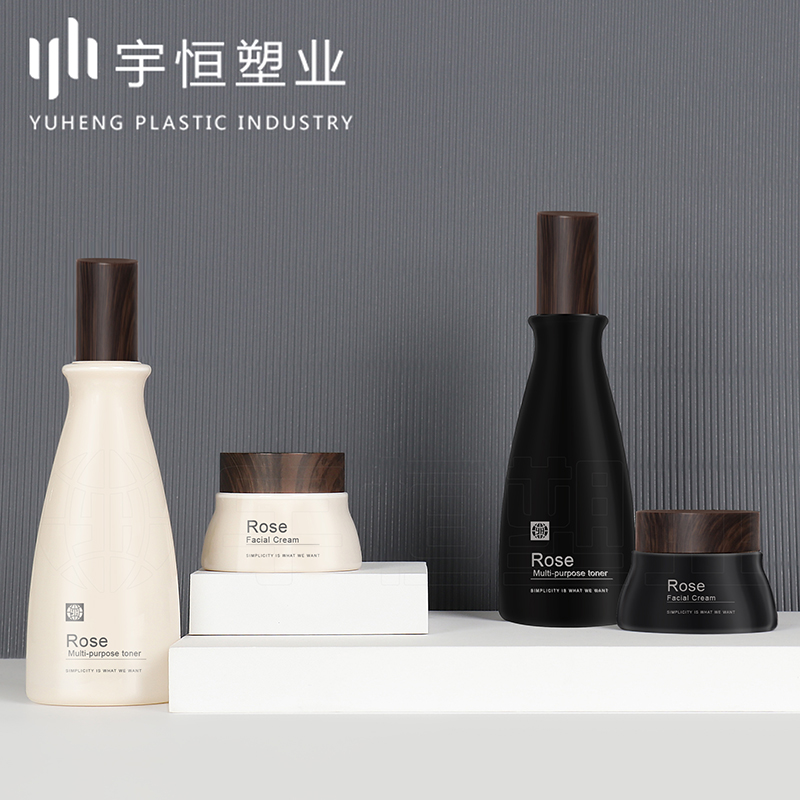
4. Acrylonitrile Butadiene Styrene (ABS)
ABS belongs to the category of engineering plastics and has a high hardness, but it is not suitable for direct contact with cosmetics or food. In cosmetic plastic packaging, ABS is typically used to make components like inner caps and shoulder sleeves, rather than bottles or containers that directly contact the cosmetics.
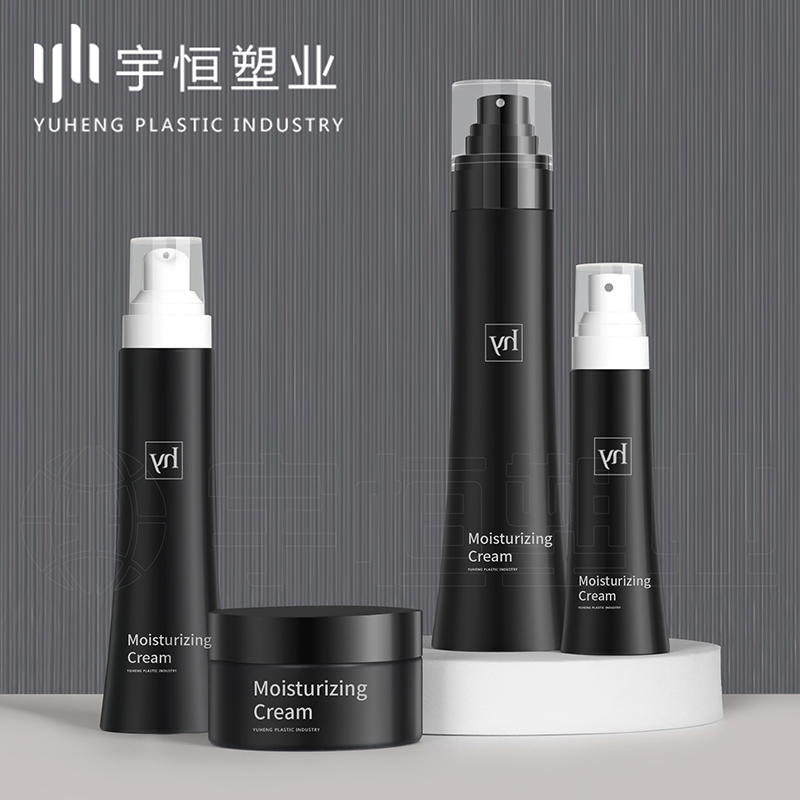
5. Other Materials
Apart from the commonly mentioned materials, there are also other plastic materials used in cosmetic packaging, such as Polyvinyl Chloride (PVC) and Polycarbonate (PC). These materials have their own unique characteristics, for instance, PVC has high transparency and flexibility but may contain harmful substances, while PC has good transparency and heat resistance but comes with a higher cost. In choosing these materials, a comprehensive consideration of the product's characteristics and market demand is necessary.

In conclusion, the selection of materials for cosmetic plastic packaging is a complex and crucial process. Different materials have different characteristics and applications, and only by choosing the appropriate material can the safety, aesthetics, and practicability of the product be ensured. As a manufacturer of cosmetic plastic packaging, we need to have a deep understanding of the performance and advantages and disadvantages of various materials to provide better services and products to our customers.




